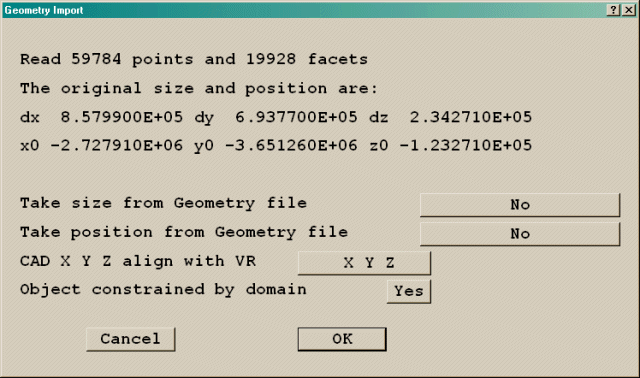


If you have the files in the same folder you can just use “plate.stl” instead of the full path.) (Obviously you’ll need to edit the path to the file to match your own situation. Projection(cut=false) import("/Users/pete/Spool/plate.stl") Name it something like plate2dxf.scad and use the following line of code:

We’re going to create a new file in OpenSCAD. Instead of exporting as a DXF, just export it as an STL file, which may be what you normally do if you use OpenSCAD for generating things you can print on your 3D printer.ĭid you output the STL file? Good! We’re ready for the next step… Once your object appears, you might say “Hey look! There’s an ‘Export as DXF’ command under the Design menu.” Well, that won’t work because our object is a 3D object, not a 2D object. We start by opening the plate.scad file in OpenSCAD and doing a Compile and Render (CGAL) command, which is what you would do with any. scad file, so I had to create new DXF files. I’m using this file from the Laser Cut Filament Spool, and even though there are DXF files available, I ended up tweaking the.
#CONVERT STL TO OPENSCAD HOW TO#
I put this out there as much for myself (so I know how to do it next time) as much as for others who might find the information useful. So with that said, here’s how I converted an OpenSCAD file designed to be used on a laser cutter into a DXF file. There are many posts here which may not offer new information, but what they are is my information, usually gathered from other places, and with my own point of view.


 0 kommentar(er)
0 kommentar(er)
